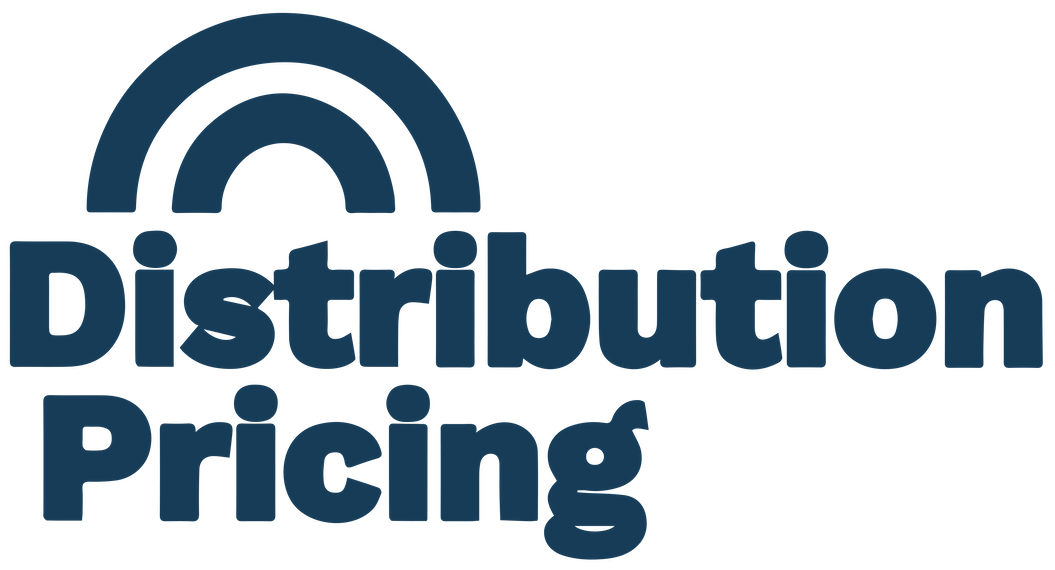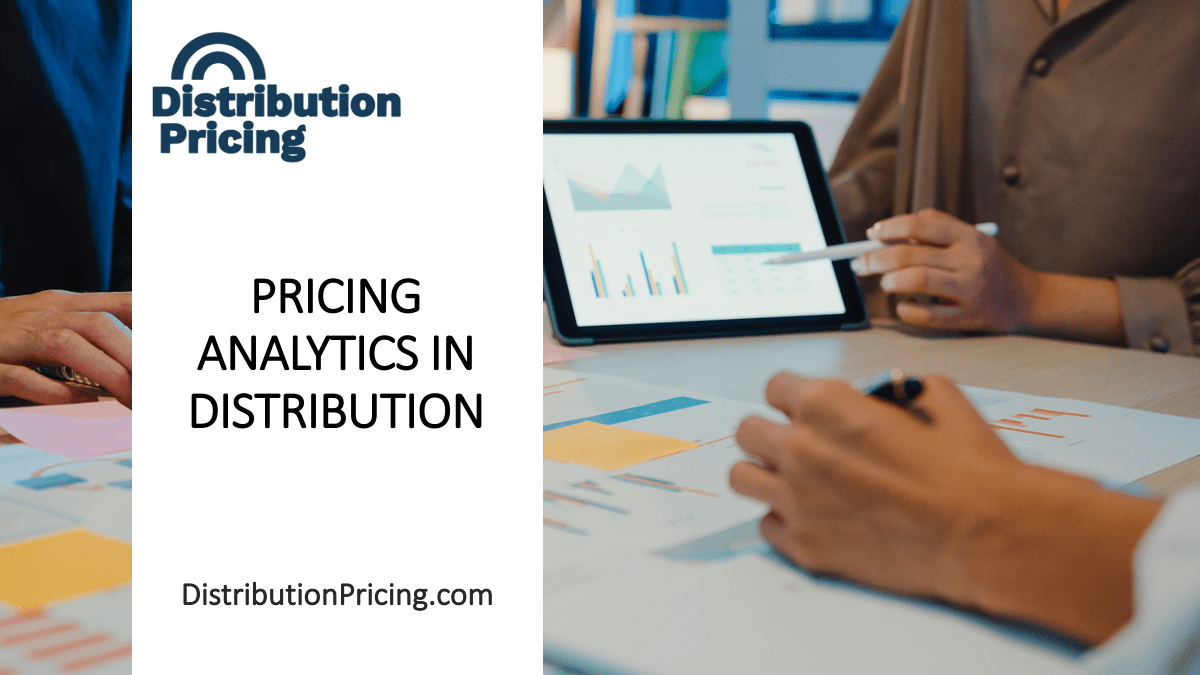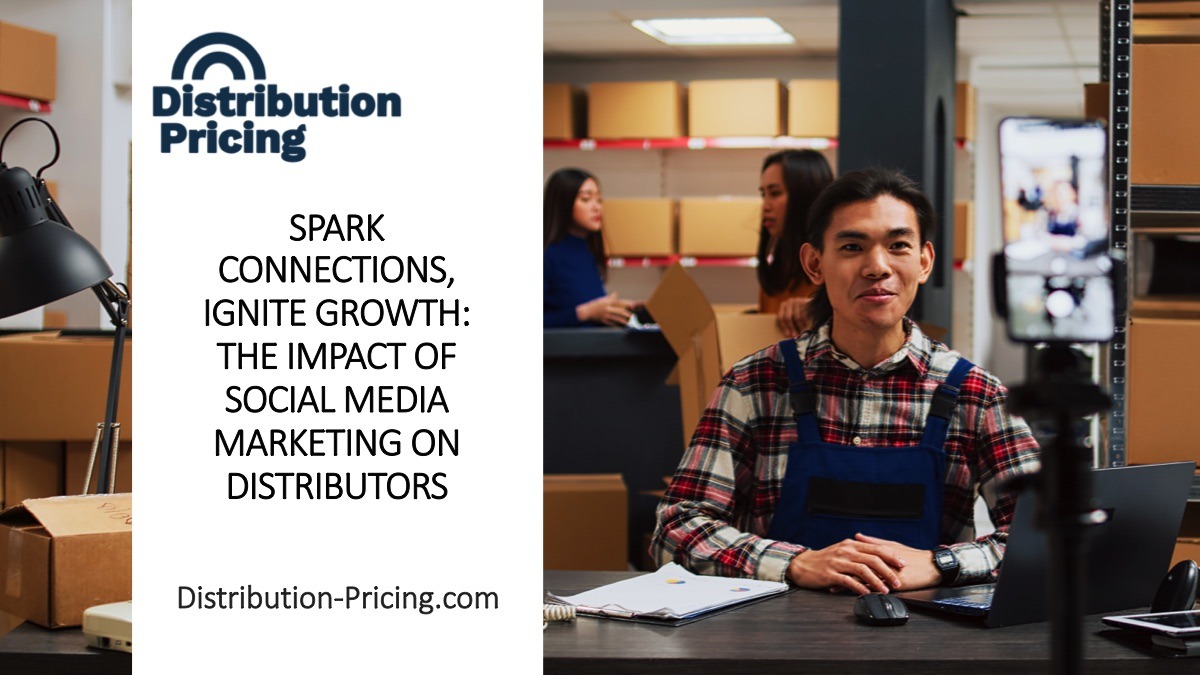Distribution pricing analytics is the term used to describe the range of metrics and software…

How to Increase Prices Without Alienating Your Customers
Over the last several months, the question on the minds of most pricing managers is not, “should I raise prices,” it is, “how do I raise prices without alienating my customers?” Inflation has driven price increases and energy costs have increased cost to serve for many distributors. And despite increasing interest rates aimed at cooling inflation, the job markets remains fairly strong making distributors compete more aggressively in the job market.
Here’s the bottom line: price increases are a standard part of business in our industry.
Yet it is hard to raise prices without compromising customer loyalty, especially since many buyers have become accustomed to low inflation and price sensitivity over the past several years. However, there are ways you can make this much easier for both you and your customers.
Here are some expert tips to manage price increases while still maintaining the best interests of your customers.
Provide a Market and Data Based Rationale
Before attempting to pass on a price increase, make sure you have a solid market-based explanation for it. Explain the need for higher prices in terms of increased costs for raw materials and labor, or any other relevant factors. Often, vendors publish price increases so you should never fail to share that information. Try to demonstrate that any additional cost is balanced out by value-added features or benefits for your customers. This will be particularly useful when it comes to procurement professionals and buyers who are tasked with controlling costs.
If you find yourself in a situation where you must pass along a price increase to a customer, we think it is essential to have a valid and airtight business case that not only addresses the underlying cause of your need for higher prices, but also emphasizes the value-added features or benefits that will come with this cost. By providing data to back up your argument, you can help disarm any client who is opposed to the increase solely because they don’t want to pay more. This makes it easier on your sale team as well. Having a comprehensive understanding of the situation and being able to effectively communicate it will go a long way with customers whose priority is controlling costs.
Find Ways to Adjust Your Value Adds
There may be ways to remove some costs out of your orders by working with customers to decrease some value-added services that they don’t need or see value in using. Alternatively, there may be opportunities to increase the value you provide without greatly increasing your cost structure thereby making it easier to raise your prices.
As a distributor, you have the unique advantage of being able to promote your value-added services in ways that don’t necessarily increase your costs. Things like personalized support, online or chat support, unique product packaging, customized discounting and promotions to your best clients, flexibility in order and delivery times, VIP order expediting and custom payment plans. Maybe you have better educational programs and materials than your competitors. Or your work with vendors allows you to provide new research insights or consulting services. Remind your customers of the additional value you provide any time you have to communicate a price increase. You aren’t the only company having to raise prices, so by promoting your value-adds, you will also position yourself above your competitors. ƒ
When it comes to communicating a price increase to your customers, emphasizing the wide array of services and solutions you offer is key. This is especially important when dealing with long-term clients, as it can help to remind them that there are other compelling reasons for continuing business with you beyond just pricing. By taking the time to explain the value of your additional services and solutions, you can help your customer to understand why they should continue investing in your products or services despite an increase in cost. It’s also an opportunity to draw their attention to any new features, functions or capabilities you may have recently added that could benefit them too.
This emphasizes the need for data-driven customer segments. Selling your products in data-driven price tiers can be a great way to satisfy customer needs while maintaining profitability. If you have customer segments based on purchasing behavior, cost to serve and profitability, then your models can help you proceed. Price optimization solutions help guide you to the groups of customers that are price sensitive. Incorporating these multiple tier pricing systems has the added benefit of potentially reducing the service burden on your company by allowing some customers to move to a lower price tier if necessary.
Another approach when attempting to pass on a price increase is to soften the blow by enrolling customers in a VIP program that rewards them for their purchases and performance. This could involve offering them a discount, or even rebates back to the client at the end of the year, reducing your total cost to serve them. This can be an effective way of negotiating with clients who are opposed to a price increase, as they may be able to negotiate other terms such as cycle time or payment terms. This method allows customers to feel more involved in the process and provides an incentive for loyalty spending.
Become Even More Data Driven Across Your Culture
Salespeople will typically oppose price increase citing the risk of losing customers. You should also care about doing the most you can to keep customers, so it’s important to ask your sales team to provide evidence that supports these claims. Are customers really pushing back hard? Is buying behavior decreasing as a result? If possible, further research can be done within your industry to gain a more in-depth understanding of the actual elasticity of your prices. Just as you should be concerned with pricing’s impact on sales, you should encourage your sales team to take ownership of profitability. A good way to do this is to transition from revenue-based commissions to margin-based commissions. If reps have an incentive to maintain profit margins and successfully negotiate for better prices on behalf of their customers, it helps keep everyone on the same page.
We all sympathize with sales reps anytime they must notify a customer of increased pricing. Even though the price increases are just being passed along because our own costs have increased, it is never an easy conversation to have. To make this process as straightforward and seamless as possible, it’s essential for sales reps to have data and evidence at their disposal that supports the reason for such an increase. Good data not only helps to ensure that sales reps are well-equipped with knowledge before speaking with customers, but also allows them to provide their customers with reassurance that the price increase is necessary and justified.
Don’t Wait So Long to Make Price Changes
You should maintain regular price changes as part of the normal course of business. That teaches your customers that you are doing your best to stay sensitive to market pricing and that makes your pricing more believable in the long run. In other words, they won’t see a sudden price change as an anomaly, and instead they will view it as a standard part of your pricing practices. If customers express any concern over consistency in their pricing, consider offering them a special contract with locked-in rates is one way to demonstrate that you are committed to providing them with reliable service at an agreed-upon price.
We recommend that distributors maintain pricing on a regular basis because it helps to build customer loyalty, as customers are reassured that they can depend on you to provide consistent and reliable service. This sense of trust is invaluable when it comes to customer relationships, as customers feel secure and valued knowing that you will always meet their expectations. Let your team and customers know that you are fast and responsive to market fluctuations because it means you are open to adapting to changing conditions. That shows that you prioritize customer experience above all else.



